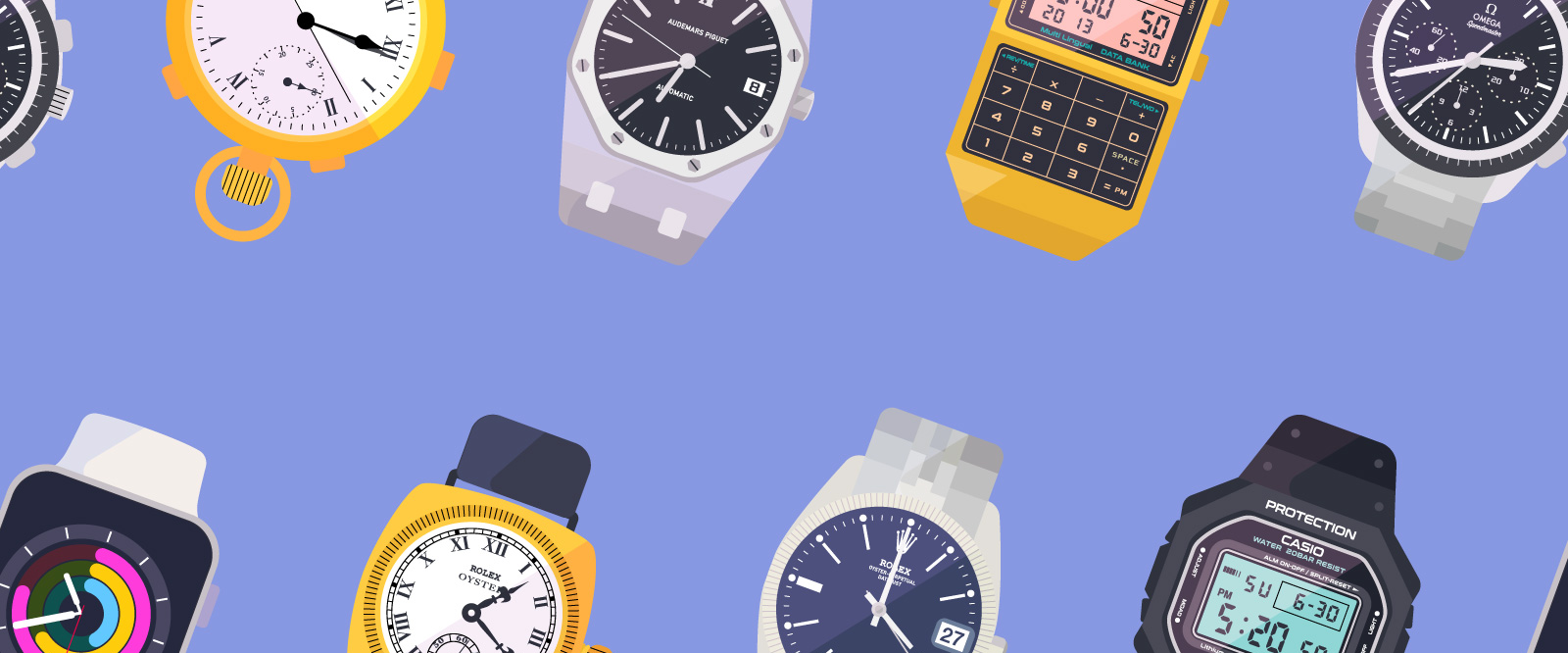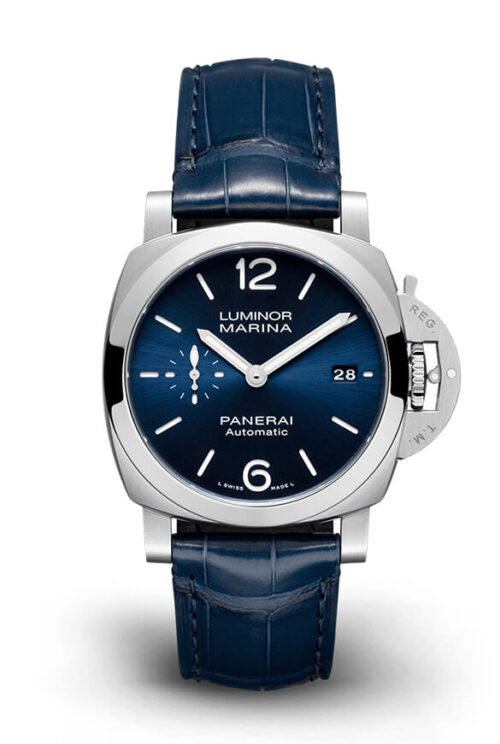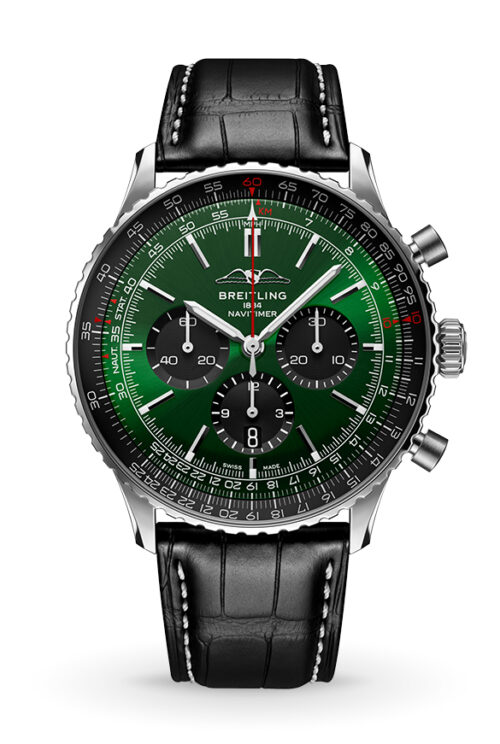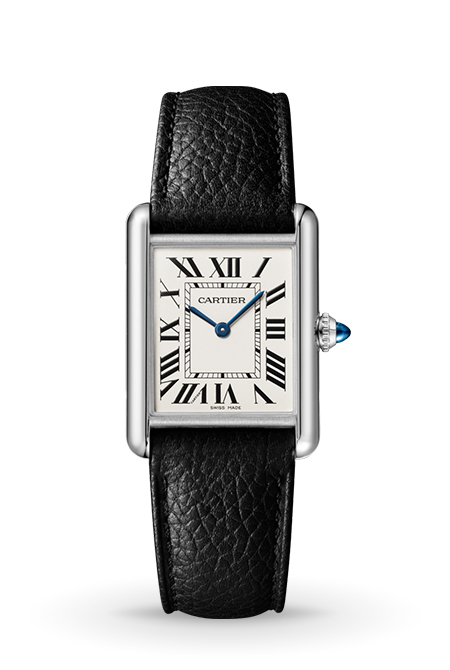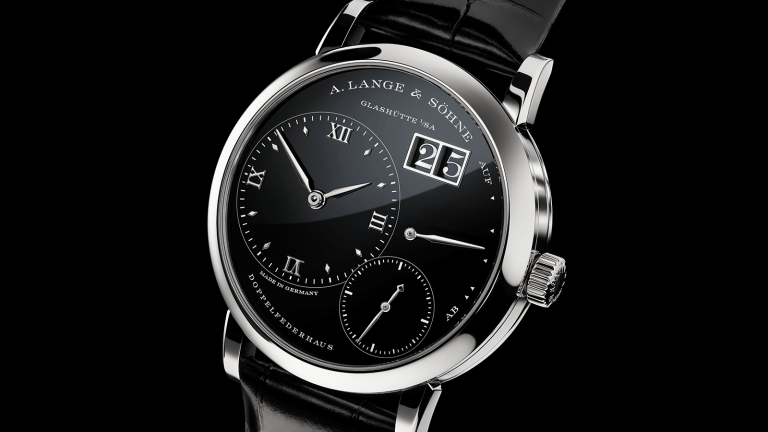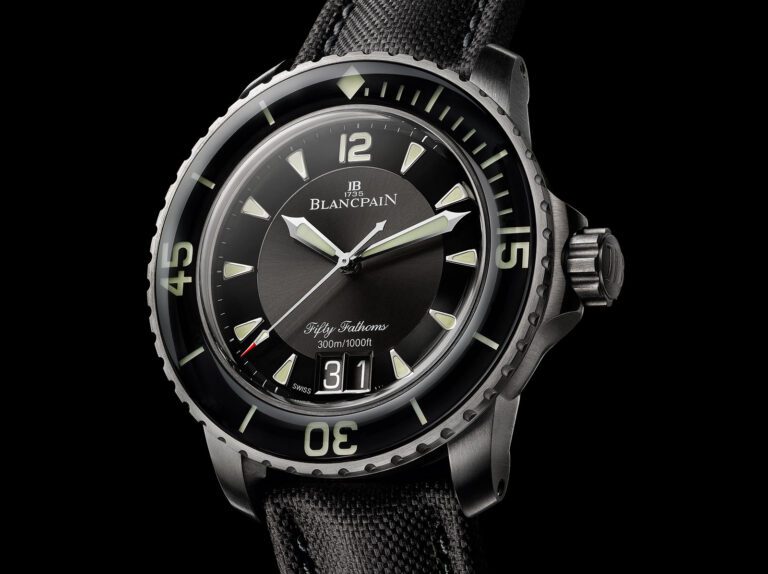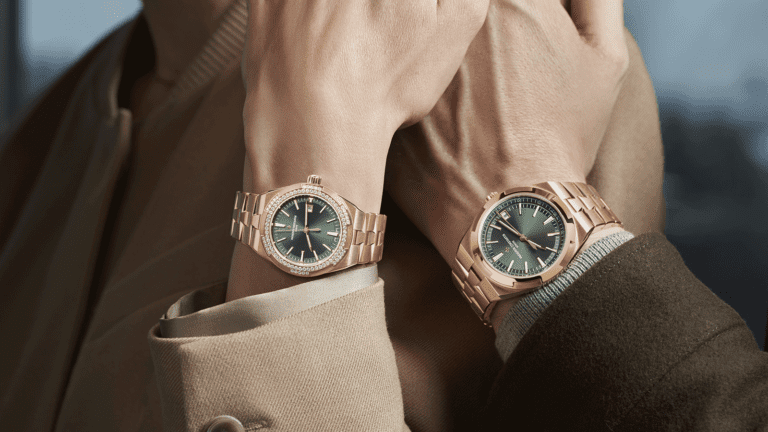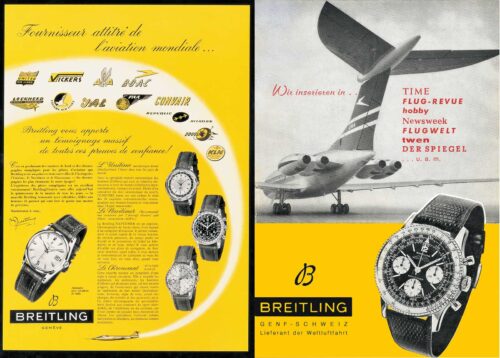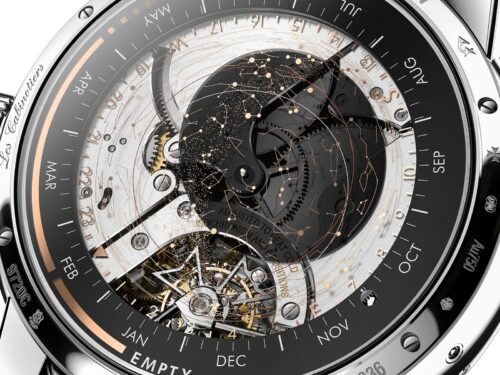The history of time: A luxury obsession
Time has always been a human obsession. The earliest cultures based their lives and customs on the changes of seasons, and movement of the moon and sun. Our obsession with time has taken many shapes over the millennia and it continues today.
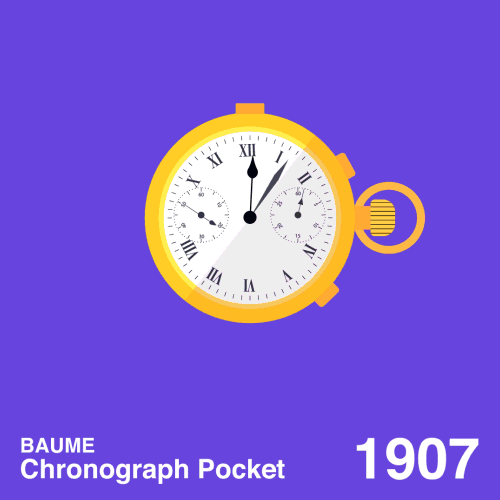
Who first measured time?
The Ancient Egyptians were pioneers of time, as they were with so many innovations. Over 5000 years ago, they divided the daylight into 12 intervals.
The Egyptians measured time with a simple sundial. The Greeks and the Roman further refined the sundial a few centuries later.
But the sundial was only practical when the sun was shining. At night, or on an overcast day, the Romans used a water clock called the clepsydra. It worked like an hourglass but with water, not sand.

Northern Europe: Time governed by the seasons
When sundials and water clocks came to Northern Europe they proved impractical. The sundial was no use in the overcast skies. The water clocks froze solid in winter.
The weight-driven mechanical clock
In 1283, Dunstable Priory in England had the first weight-driven mechanical clock installed. The clock soon caught on throughout Europe’s mercantile centres. And by the 1300s, the clocktower was the focal point of every town.
Innovations in portability and precision
By the 1400s, weighted clocks were outdated and heavy. There was a new luxury demand: portable domestic clocks.
To make the clock lighter, innovative horologists replaced the weight with a tightly wound coiled spring . Yet it caused them to run at the wrong speed when the tension of the spring wound down. And so the fusee came to life. This revolutionary component balanced the spring tension and improved precision.
The rise of the pocket watch
In 1510, Peter Henlein invented the first watch – a heavy 3-inch orb that hung on a chain around the wearer’s neck. It wasn’t a precision instrument. It only had hour hands and it was only accurate to 15 minutes of the hour. Nonetheless, the nobility paid a fortune for Henlein’s watch, not for the function, but as the ultimate social statement.
In 1675, Christiaan Huygens, who had already invented the pendulum clock in 1656, came up with another innovation: the spiral balance spring. It was essentially a portable version of a pendulum. It allowed for watches to be further miniaturised.
That same year Charles II of England popularised the waistcoat and fashionable nobles wanted a slim watch they could keep in their waistcoat pockets.
At the time, a pocket watch was the most desirable thing a man could have. Owning a bespoke pocket watch spoke volumes about his high standing in society.
The fashionable industry of time
When the Industrial Revolution brought trains and factories, precision timekeeping hit new levels of obsession. It was a matter of economic success.
This fed into social mores. In this new time-driven society, arriving on time meant you had the wealth and education to know exactly what time it was. Arriving late was rude and uncouth.
It was during the Industrial Revolution that it became fashionable to be busy much like it is today. By wearing a pocketwatch then, you commanded respect and had the airs of a sophisticated and genteel member of society.
Little has changed today.
A change of pace
Horologists realised that the demand for inexpensive watches would soon outpace clocks. They would have to reduce production costs through mechanisation in order to keep up with demand.
Americans were watching this gap in the market open up. The Waltham Watch Company set out to create a low-cost watch produced en masse.
Their mass-produced watch had its roots in the American Civil War. Union forces needed low-cost timepieces that would help them synchronise military operations. And the Waltham Watch Company delivered. Their watches were inexpensive and kept good time. Finally, the watch was accessible to all.
Luxury never fades
In 1870, American watches caused Swiss watch sales to plummet. Swiss watchmakers had no desire to follow the rest of the world into mass production so they chose to focus on what they continue to do best: precision watchmaking in all its opulence.
The bespoke approach of the Swiss watchmakers proved wise. By 1900, Swiss watchmakers like Rolex were exporting 7 million timepieces every year.
The rise of the wristwatch in wartime
It wasn’t until World War One that men moved from pocket watches to the wristwatch. Military forces wanted timepieces they could glance at quickly to time manoeuvres.
The Rolex Oyster
The wristwatch was more convenient for daily wear. By 1923, self-winding mechanical wristwatches had made them ever more so. However, early wristwatches were fragile. In 1926, the self-winding Rolex Oyster changed that It was the first water and dust resistant wristwatch with a screw-down caseback, crown, and bezel.
Post-war boom for wristwatches
At the end of WWII, for every one person who owned a pocket watch, 50 had a wristwatch. After 250 years of pocket watches, the wristwatch became king.
The Submariner by Rolex
In the 1950s, functional sports watches became a point of intrigue. They symbolised a dapper yet athletic gentleman. Rolex grew like never before.
When Rene-Paul Jeanneret, a Rolex executive, shared his idea for a diving watch, Hans Wilsdorf, the founder of Rolex, listened.
Jeanneret was a passionate diver. He wanted an elegant wristwatch for daily use that he could also use while diving to monitor oxygen time. However, watches at the time would get easily damaged by water pressure.
In 1953, Rolex developed The Submariner wristwatch, the first luxury diving watch. To test it, Auguste Piccard fixed it to a submarine and dove 3,131.8 metres into the ocean. When the submarine resurfaced, the Rolex was in perfect condition.
In 1960, they tested another Rolex on a 10,916 metre dive to the deepest point of the Mariana Trench. Again, it emerged pristine.
Batteries and Quartz
In 1957, Hamilton’s Ventura was the first battery-operated wristwatch.
In the 1960s, Seiko and Epson developed the first quartz wristwatches. They allowed greater scientific accuracy and longer battery life than any of their precursors.
The Digital Wristwatch
In 1972, Hamilton introduced the first digital wristwatch. It retailed at a small fortune of $2,100, roughly $12,000 today. By the early 1980s, you could buy a digital watch for less than $10.
The Smartwatch
The idea for a smartwatch has compelled lovers of geek chic since the early 1980s.
In the 1990s, the SPOT Watch allowed you to access news, weather, stocks, and sports scores from your wristwatch. However, it wasn’t until 2015 that a true smartwatch was born: the Apple Watch.
Where does mechanical mastery fit in a digital world?
If you’ve ever marvelled at the inner workings of a Swiss watch, you’ll know a luxury timepiece is a marriage of high fashion and obsessive precision.
Luxury watches have a formidable survival mechanism. They have thrived through revolutions, wars, even to the bottom of the ocean.
Swiss watches are having a renaissance as a status symbol. They have something a mass-produced smartwatch will never have – a timeless je ne sais quoi. A luxury watch speaks volumes about the wearer’s impeccable taste and powerful position in society.
While smartwatch wearers want to flaunt their productivity and connectedness, those who wear a luxury mechanical watch are saying something different: “I’m building a legacy. I run an empire.”








 Rolex
Rolex A. Lange & Söhne
A. Lange & Söhne Blancpain
Blancpain Breguet
Breguet Breitling
Breitling Cartier
Cartier Hublot
Hublot Vacheron Constantin
Vacheron Constantin IWC Schaffhausen
IWC Schaffhausen Jaeger-LeCoultre
Jaeger-LeCoultre OMEGA
OMEGA Panerai
Panerai Roger Dubuis
Roger Dubuis TAG Heuer
TAG Heuer Tudor
Tudor FOPE
FOPE Agresti
Agresti L’Épée 1839
L’Épée 1839



